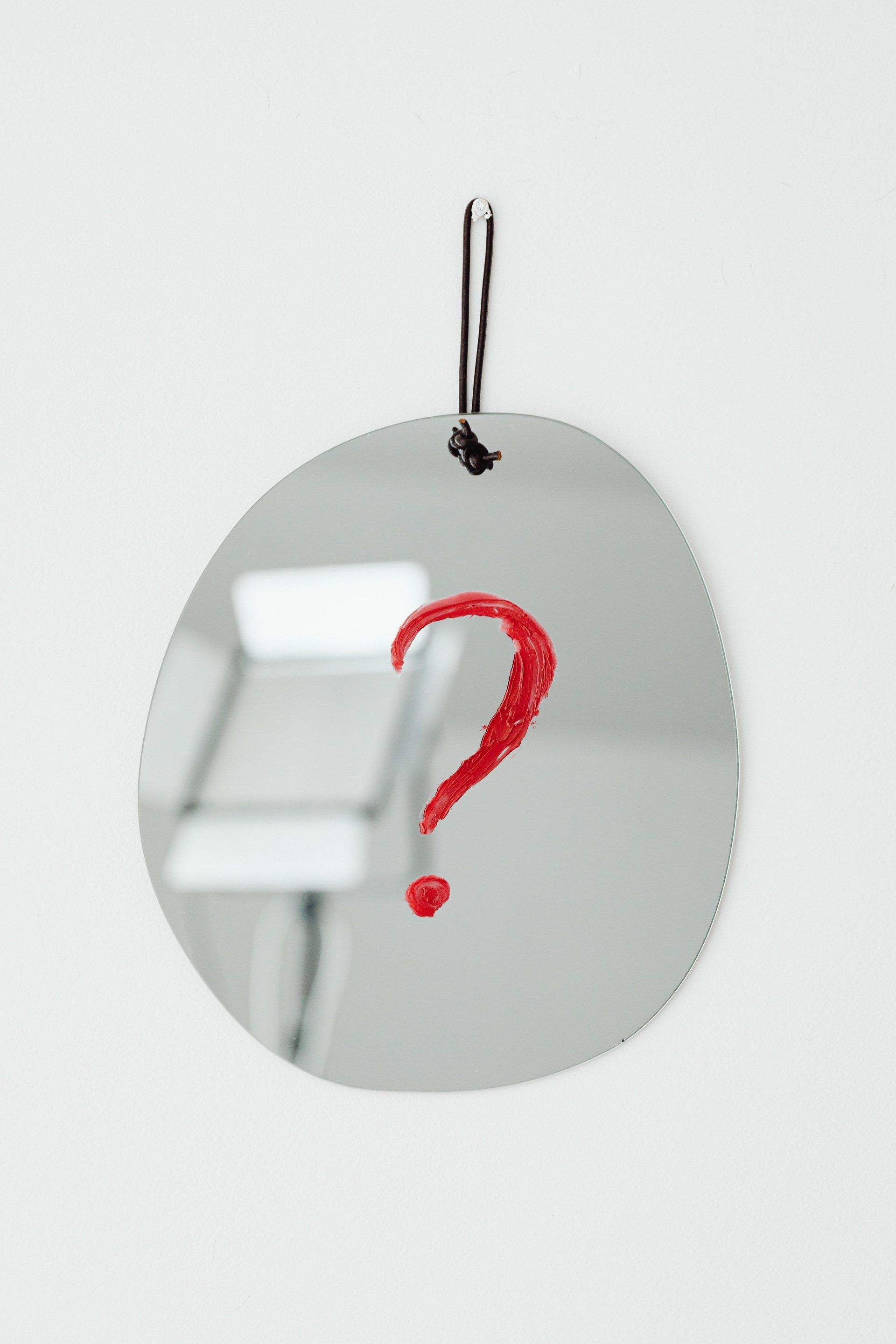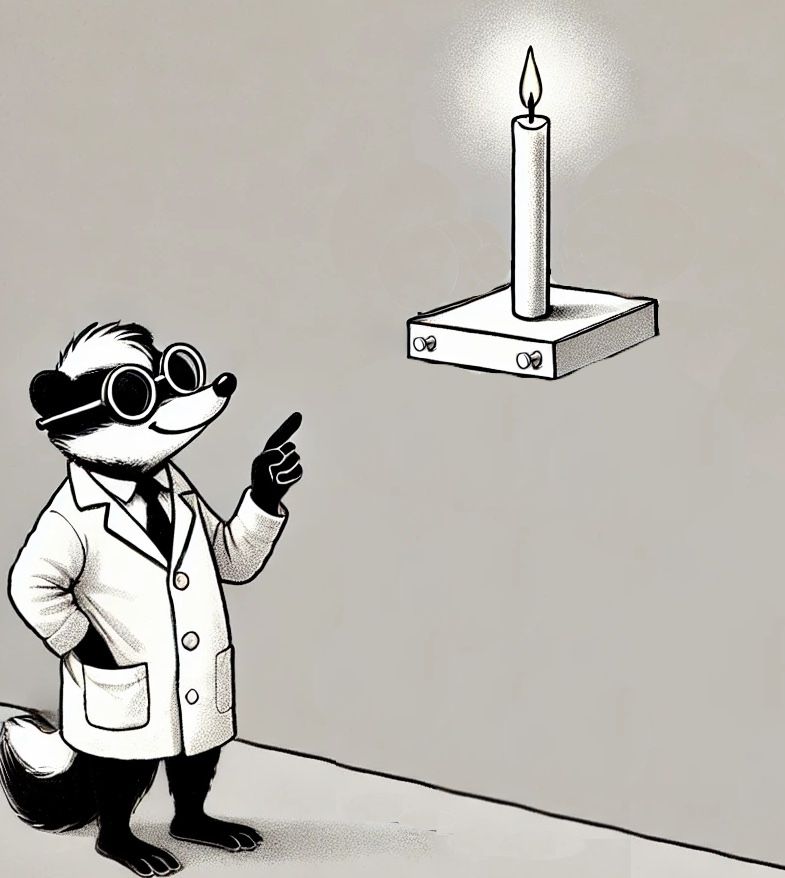What is a Wizard of Oz Method?
What is a Wizard of Oz Method?
The Wizard of Oz method is a prototyping technique where users interact with what they believe is a functional system. In reality, the responses are manually controlled by someone behind the scenes - the "wizard". This approach allows for the simulation of technology or product features that are not yet built or fully functional. It's particularly useful in testing user interfaces and interactions, providing a realistic experience for the user while gathering valuable feedback on a product still in its conceptual or developmental phase.
Some Brief History
The method draws its name from L. Frank Baum's novel, where the Wizard of Oz is an ordinary man behind a curtain, creating an illusion of power and grandeur. It was first notably employed in the 1980s by researchers at the University of California, Berkeley, for studying human-computer interaction. Since then, it has become a staple in UX research, allowing for testing and validation of technology that is either under development or too costly to implement fully at the testing stage.
The Wizard of Oz method is a prototyping technique that has become indispensable in the field of startup development, particularly for technology and user experience (UX) design. Understanding this method in depth, including its definition, historical context, and practical application, is crucial for startup founders.
Examples of Application
Voice-Activated Devices: Before the technology was fully developed, companies prototyping voice-activated devices like smart speakers would use the Wizard of Oz method. Users would speak commands, believing they were interacting with an intelligent system, while a human operator, hidden from view, would manually provide responses or actions.
Customer Service Chatbots: In early stages of development, a chatbot interface might actually be operated by human customer service representatives. Users send messages and receive replies believing they are conversing with an AI, but in reality, the responses are typed out by people.
Why It's Ideal for Early Stage Startups
Cost-Effectiveness
Developing a full MVP can be resource-intensive and costly. The Wizard of Oz method, on the other hand, allows founders to test key aspects of their product with minimal upfront investment in development.
Rapid Validation
This method enables quick testing and iteration. Founders can swiftly gather user feedback and adjust their concepts, efficiently moving towards a product that truly meets market needs.
Flexibility
The method’s manual nature allows for easy tweaking of features in response to user feedback, something that can be more complex and time-consuming with a fully developed MVP.
Best Practices for Startup Founders
Focused Testing: Concentrate on one or two core hypotheses or features at a time for clarity in feedback.
Transparency Post-Testing: Inform users afterwards about the method to maintain trust and possibly gain further insights.
When to Use and When to Avoid
Ideal for Early-Stage Concept Testing that is when the aim is to validate the appeal and usability of a new concept.
User Experience Research: To understand how potential customers would interact with the product.
Limitations - It’s a short-term solution and not sustainable for prolonged periods.
Not for Scalability Testing: It doesn’t provide insights into the technical scalability of the product.
For startup founders, especially those operating with limited resources, the Wizard of Oz method offers a practical and economical approach to validate their problem-solution fit. By effectively employing this method, founders can gain valuable insights into user behavior and preferences, guiding them in refining their product idea towards a successful market entry.
Implementing the Wizard of Oz Method in Startups
Identifying Key Functionalities: Determine which elements of the product you wish to test, focusing on user interaction and response.
Creating a Realistic Front-End: Develop a user interface that closely mimics the final product, giving users a realistic experience.
Manual Operation: Have a team member (the “wizard”) simulate the product’s responses to user inputs behind the scenes.
User Testing and Feedback Collection: Observe user interactions and collect feedback for refining the product.
Implementing the Wizard of Oz (WoZ) method in a startup environment involves a series of strategic steps. The goal is to create a realistic user experience with a seemingly functional system, which is, in reality, being operated manually behind the scenes. Here's a detailed guide on how to implement this method:
1. Define the Product Hypothesis
- Identify the Core Feature(s)
- Pinpoint which features of your product you want to test. For instance, if you're developing a language learning app, you might want to test the effectiveness of a conversational AI feature.
2. Design the UI
- Front-End Development: Use a no-code tool like Bubble, Wix, or Figma to create the user interface. This interface should be designed to look and feel like the final product.
- Ensure Realism: The UI should be convincing enough for users to believe they are interacting with a real, automated system.
3. Plan the Behind-the-Scenes Operation
- Designate a team member to manually operate the system. This person will be responsible for responding to user inputs in real-time.
- Create a Response Script: Develop a script or set of guidelines for the wizard to follow. This should include potential user queries and the appropriate responses.
4. Set Up the Technical Infrastructure
- If the product involves form submissions or other interactions, use tools like Google Sheets or Airtable to log these interactions. The wizard can then manually input the data to simulate an automated process.
- For a chatbot or similar interface, set up a messaging platform where the wizard can send and receive messages. Tools like Twilio or even a basic SMS service can be useful here.
5. Conduct User Testing
- Identify your target audience and invite them to test the prototype.
- Monitor how users interact with the prototype. Use screen recording tools and note-taking for this process.
- After the interaction, ask users for feedback on their experience. This can be done through follow-up surveys or interviews.
6. Analyze and Iterate
- Review the data collected from user interactions and feedback.
- Use the insights gained to make adjustments to the prototype or the concept of the product.
7. Plan for Transition
- Roadmap for Automation: As you refine your concept, start planning for the development of the actual automated features based on the insights gained from the WoZ testing.
Technical Considerations
- Ensure that your front-end and the tools used for manual operation are well-integrated for seamless user experience.
- While WoZ is not scalable for the actual product, ensure that your testing process can handle the number of users you plan to test with.
Ethical Considerations
- Decide on how and when you will inform users that they were part of a WoZ test. Typically, this is done after the testing to not bias the user experience.
By following these steps, startup founders can effectively utilize the Wizard of Oz method for validating their product hypotheses. This method is especially useful for testing user interfaces, user experience, and the potential demand for tech-based features without the initial need for extensive coding and development resources.










